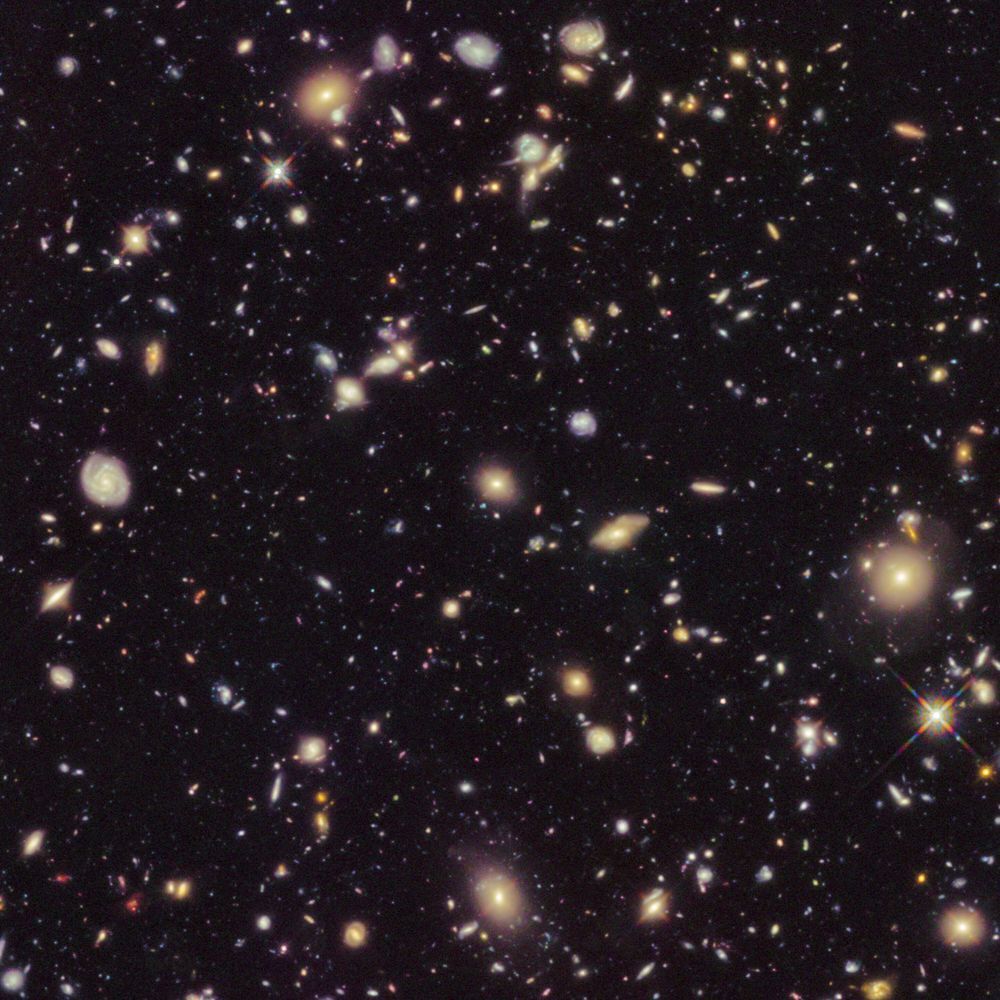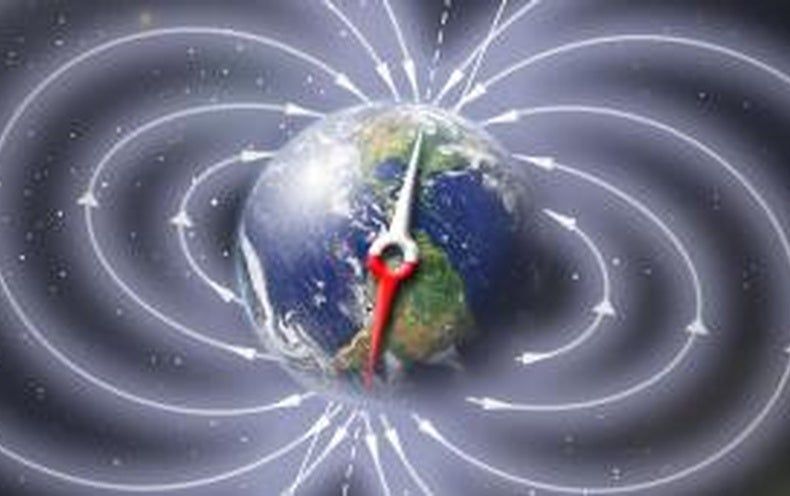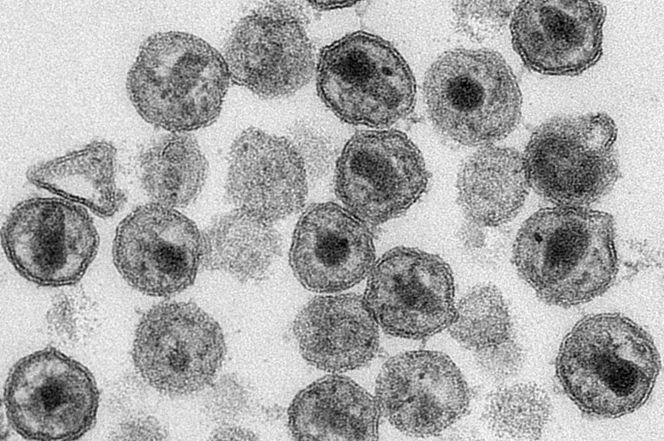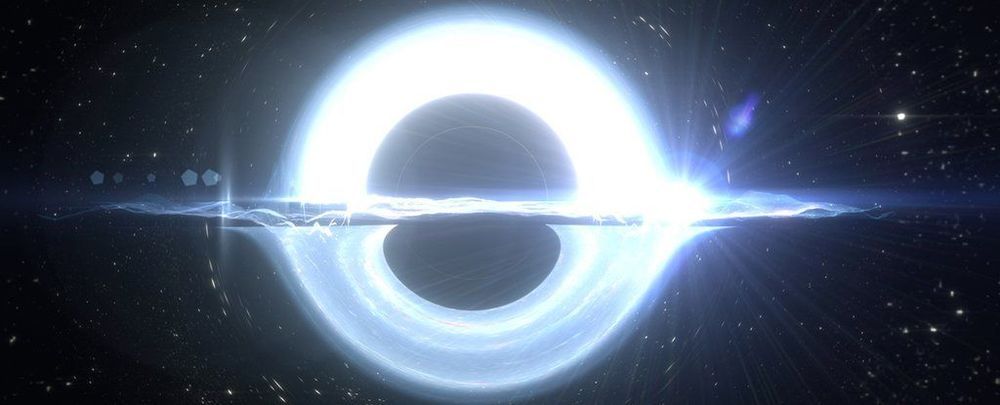Page 8392
Sep 12, 2019
Astronomy Photographer Of The Year: 32 Cosmic Images That Will Send Shivers Down Your Spine
Posted by Genevieve Klien in category: space
The world’s biggest astrophotography competition includes some jaw-dropping images of the Moon, Sun, distant galaxies and much more.
Sep 12, 2019
The World’s First Photo of Quantum Entanglement Could Disprove Einstein’s Theory
Posted by Quinn Sena in categories: computing, encryption, quantum physics

Einstein dubbed the idea of quantum entanglement as “spooky action at a distance.” Now for the first time ever, scientists have taken a picture of it.
» Subscribe to Seeker!http://bit.ly/subscribeseeker
» Watch more Elements! http://bit.ly/ElementsPlaylist
Today we understand quantum entanglement as when a pair of particles that cross paths and interact with each other can become connected and stay that way, even when the particles are spaced very far apart.
Sep 12, 2019
The first humans sent to Mars could need to 3D print their meals
Posted by Genevieve Klien in categories: 3D printing, alien life
The current menu of space-friendly foods uses processing and water-reduction strategies to make these meals shelf stable. For example, a shrimp cocktail, mashed potatoes, and strawberries can be freeze dried; beef stew, candied yams, and brown rice can be thermostabilized; beef steak and turkey can be irradiated; and brownies, bread products, and beverage powders can be brought up in a low-moisture or dried form.
As tasty as this feast sounds, this packaged food system does not meet the five-year shelf life required for a Mars mission, nor will it feed generations there in the years to come. How will space food therefore have to change if we are ever to colonize other planets?
Using existing space technologies, it will take up to 32 months to travel to Mars. How can you feed a crew for that three-year trip?
Sep 12, 2019
Watch SpaceX Test Its Crew Dragon’s Escape System
Posted by Genevieve Klien in category: space travel
Sep 12, 2019
Study finds the universe might be 2 billion years younger
Posted by Quinn Sena in category: space
The universe is looking younger every day, it seems.
New calculations suggest the universe could be a couple billion years younger than scientists now estimate, and even younger than suggested by two other calculations published this year that trimmed hundreds of millions of years from the age of the cosmos.
The huge swings in scientists’ estimates—even this new calculation could be off by billions of years—reflect different approaches to the tricky problem of figuring the universe’s real age.
Sep 12, 2019
Earth’s Magnetic Field Initiated a Pole Flip Many Millennia before the Switch
Posted by Quinn Sena in category: futurism
Lava flow records and sedimentary and Antarctic ice core data show evidence of planetary magnetic field activity 20,000 years before the beginning of the last pole reversal.
Earth’s magnetic field—which creates our planet’s north and south pole—is far from fixed. In fact, the field is quite active; sometimes it weakens, and even reverses, causing Earth’s polarity to switch. These periods of instability don’t happen very often, though—only about every 100,000 to million years. That’s part of why this phenomenon has largely remained a mystery for scientists. However, a recent study may help researchers better understand how long and how complicated Earth’s magnetic field reversals really are.
Sep 12, 2019
Gene-editing shows promise as HIV cure in early tests
Posted by Quinn Sena in categories: biotech/medical, genetics
Scientists are reporting the first use of the gene-editing tool CRISPR to try to cure a patient’s HIV infection by providing blood cells that were altered to resist the AIDS virus.
The gene-editing tool has long been used in research labs and a Chinese scientist was scorned last year when he revealed he used it on embryos that led to the birth of twin girls. Editing embryos is considered too risky, partly because the DNA changes can pass to future generations.
Wednesday’s report in the New England Journal of Medicine, by different Chinese researchers, is the first published account of using CRISPR to treat a disease in an adult, where the DNA changes are confined to that person.
Sep 12, 2019
Black Holes May Hide Cores of Pure Dark Energy That Keep The Universe Expanding
Posted by Quinn Sena in category: cosmology
A fifty-year-old hypothesis predicting the existence of bodies dubbed Generic Objects of Dark Energy (GEODEs) is getting a second look in light of a proposed correction to assumptions we use to model the way our Universe expands.
If this new version of a classic cosmological model is correct, some black holes could hide cores of pure dark energy, pushing our Universe apart at the seams.
University of Hawai’i astrophysicist Kevin Croker and mathematician Joel Weiner teamed up to challenge the broadly accepted notion that when it comes to the Universe’s growing waistline, its contents are largely irrelevant.
Sep 12, 2019
Is the Universe Actually a Giant Quantum Computer?
Posted by Quinn Sena in categories: computing, engineering, humor, quantum physics, space
According to MIT professor Seth Lloyd, the answer is yes. We could be living in the kind of digital world depicted in The Matrix, and not even know it.
A researcher in Mechanical Engineering at MIT, Lloyd is one of the leaders in the field of quantum information. He’s been with the field from its very conception to its sky-rocketing rise to popularity. Decades ago, the feasibility of developing quantum computing devices was challenged. Now, as quantum computation is producing actual technologies, we are only left to wonder—what kind of applications will it provide us with next?
But, first things first. In a round-table discussion with undergraduates, Lloyd speaks of his early days in the field with a touch of humor, irony, and most surprisingly—pride. When he just started to research quantum information in graduate school, most scientists told him to look into other areas. In fact, out of the postdoctoral programs he considered, not many were too invested in researching of information in quantum mechanics. Most universities and institutes were reluctant to take up quantum computing, but Murray Gell-Mann accepted Lloyd for a position at the California Institute of Technology. This is where many ideas behind quantum computation were born, and Lloyd is “excited by the popularity of the field today.”

















